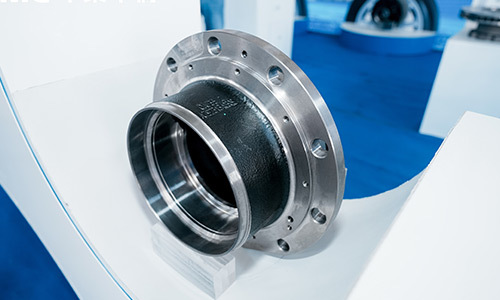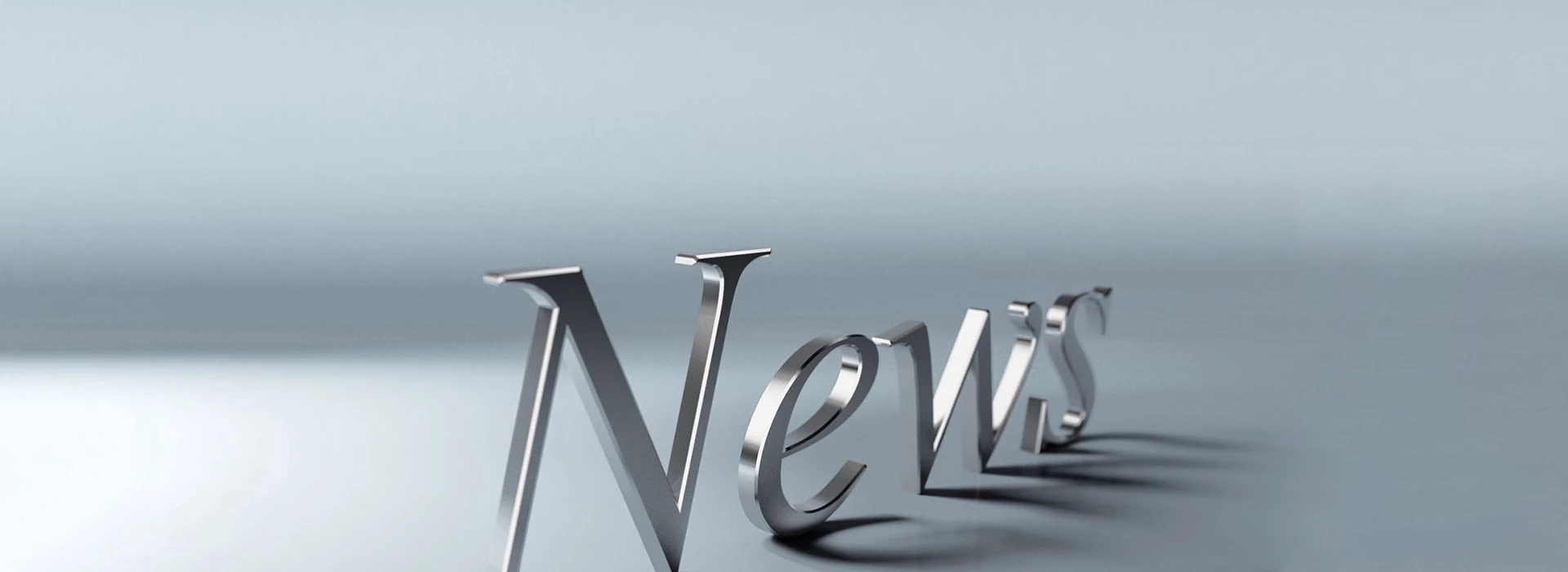The Synergy of Performance and Safety in Vermicular Graphite Brake Drums
Jul 18,2025
The Synergy of Performance and Safety in Vermicular Graphite Brake Drums
Vermicular graphite brake drums represent a remarkable advancement in automotive brake technology. As safety and performance remain paramount in the automotive industry, these innovative components are designed to enhance both aspects significantly. In this article, we will explore the intricate relationships between performance, safety, and the key benefits of using vermicular graphite in brake drum manufacturing.
Table of Contents
- 1. Introduction to Vermicular Graphite Brake Drums
- 2. What is Vermicular Graphite?
- 3. Advantages of Vermicular Graphite in Brake Drums
- 4. Performance Benefits of Vermicular Graphite Brake Drums
- 5. Safety Features of Vermicular Graphite Brake Drums
- 6. Applications in Various Vehicles
- 7. Comparison with Conventional Brake Drum Materials
- 8. Installation and Maintenance of Vermicular Graphite Brake Drums
- 9. Conclusion
- 10. FAQs
1. Introduction to Vermicular Graphite Brake Drums
In the quest for enhanced vehicle performance and safety, the introduction of **vermicular graphite brake drums** has created a new benchmark. These drums are engineered to deliver superior braking power while ensuring reliability and longevity under various driving conditions. As a crucial component of the braking system, their design influences vehicle dynamics, making understanding their benefits essential for manufacturers and consumers alike.
2. What is Vermicular Graphite?
Vermicular graphite, also known as ductile or nodular graphite, is characterized by its unique microstructure that provides distinct mechanical properties. Unlike traditional graphite, which is flaky, vermicular graphite has a worm-like shape that offers improved strength and toughness. This material is produced through specialized casting processes, resulting in exceptional performance characteristics suitable for demanding applications like brake drums.
2.1 The Process of Producing Vermicular Graphite
The production of vermicular graphite involves the addition of specific alloying elements during the casting process. This results in the transformation of the graphite structure, enhancing its properties. The process includes:
- **Alloying Elements**: Elements like magnesium are added to molten iron to induce the formation of vermicular graphite.
- **Controlled Cooling**: Cooling rates are meticulously controlled to ensure the desired microstructure is achieved.
- **Quality Testing**: Rigorous testing ensures the consistency of mechanical properties across production batches.
3. Advantages of Vermicular Graphite in Brake Drums
Vermicular graphite brings several advantages to the table, making it an ideal choice for brake drum manufacturing:
- **Enhanced Strength and Durability**: The unique structure of vermicular graphite provides excellent strength, making the brake drums resistant to wear and deformation.
- **Improved Thermal Conductivity**: Vermicular graphite exhibits superior thermal conductivity, aiding in heat dissipation during braking, which prevents brake fade.
- **Corrosion Resistance**: The material is resistant to corrosion, ensuring longer service life and reduced maintenance costs.
4. Performance Benefits of Vermicular Graphite Brake Drums
When it comes to performance, vermicular graphite brake drums excel in various aspects:
4.1 Superior Braking Performance
The strength and resilience of vermicular graphite contribute to superior braking performance. These brake drums can withstand high-stress conditions, providing consistent braking power even under extreme circumstances.
4.2 Reduced Weight for Better Efficiency
Vermicular graphite brake drums are lighter than their conventional counterparts, which positively affects vehicle acceleration and fuel efficiency. Lower weight means less energy is required to operate the vehicle, contributing to overall performance improvements.
4.3 Noise and Vibration Damping
The unique properties of vermicular graphite also enhance the noise and vibration damping characteristics of brake drums. This results in a quieter ride and a more comfortable driving experience, appealing to both manufacturers and consumers.
5. Safety Features of Vermicular Graphite Brake Drums
Safety is a critical concern in automotive design, and vermicular graphite brake drums offer several features that enhance vehicle safety:
5.1 Consistent Performance Under Varying Conditions
Vermicular graphite brake drums maintain consistent performance in different weather and road conditions. Their ability to perform reliably in both wet and dry conditions is key to ensuring driver and passenger safety.
5.2 Resistance to Thermal Cracking
The excellent thermal properties of vermicular graphite help prevent thermal cracking, a common issue in brake systems that can lead to brake failure. This resistance ensures the brakes remain functional even after prolonged use.
5.3 Enhanced Friction Control
With tailored formulations, vermicular graphite brake drums can provide superior friction characteristics, translating to shorter stopping distances and increased control during emergency braking situations.
6. Applications in Various Vehicles
Vermicular graphite brake drums are versatile and can be utilized across a wide range of vehicles, including:
- **Passenger Cars**: Offering improved safety and performance for everyday driving.
- **Commercial Vehicles**: Improving durability and load-bearing capacity for heavy-duty applications.
- **Motorsports**: Providing high-performance capabilities necessary for racing conditions.
7. Comparison with Conventional Brake Drum Materials
When comparing vermicular graphite brake drums with conventional materials such as cast iron or aluminum, several differences arise:
7.1 Weight and Strength
While cast iron is robust, it is often heavier compared to vermicular graphite. The lighter weight of vermicular graphite drums enhances overall vehicle efficiency.
7.2 Thermal Resistance
Conventional materials often struggle with heat dissipation, leading to brake fade. In contrast, vermicular graphite’s superior thermal conductivity effectively dissipates heat, maintaining performance.
7.3 Maintenance Requirements
Vermicular graphite brake drums typically require less maintenance due to their corrosion resistance and durability, whereas conventional materials may need more frequent inspections and replacements.
8. Installation and Maintenance of Vermicular Graphite Brake Drums
To maximize the benefits of vermicular graphite brake drums, proper installation and maintenance are essential.
8.1 Installation Guidelines
- **Professional Installation**: It is recommended to have brakes installed by certified professionals to ensure optimal performance.
- **Compatibility Checks**: Ensure that the brake drums are compatible with the specific vehicle model.
8.2 Maintenance Tips
- **Regular Inspections**: Check for any irregularities or changes in performance, such as increased noise or reduced braking power.
- **Routine Cleaning**: Keeping the brake area clean helps prevent debris buildup that could affect performance.
9. Conclusion
Vermicular graphite brake drums are redefining the standards of safety and performance in the automotive industry. With their unique properties and advantages, they promise to enhance both driver experience and vehicle reliability. As manufacturers continue to innovate, the integration of vermicular graphite in brake systems marks a significant step forward in automotive technology. Embracing these advanced materials can lead to safer, more efficient vehicles, ensuring peace of mind on the road.
10. FAQs
What are vermicular graphite brake drums?
Vermicular graphite brake drums are advanced braking components made from a unique material that enhances strength, durability, and performance.
How do vermicular graphite brake drums improve safety?
They provide consistent braking performance, resist thermal cracking, and offer enhanced friction control, all contributing to safer driving experiences.
Can vermicular graphite brake drums be used in all vehicles?
Yes, they are suitable for various applications, including passenger cars, commercial vehicles, and motorsports.
What is the main advantage of using vermicular graphite over traditional materials?
The primary advantage is their superior strength-to-weight ratio and improved thermal management, leading to enhanced performance and reduced maintenance costs.
How often should vermicular graphite brake drums be inspected?
Regular inspections are recommended, typically every 6,000 to 12,000 miles, or as specified by the vehicle manufacturer. Regular maintenance ensures optimal performance and longevity.
NEXT:
Contact Us
E-mail:
Whatsapp:
Address:
West Section of Xuesong Road, Zhumadian City, Henan Province, China
News Update












